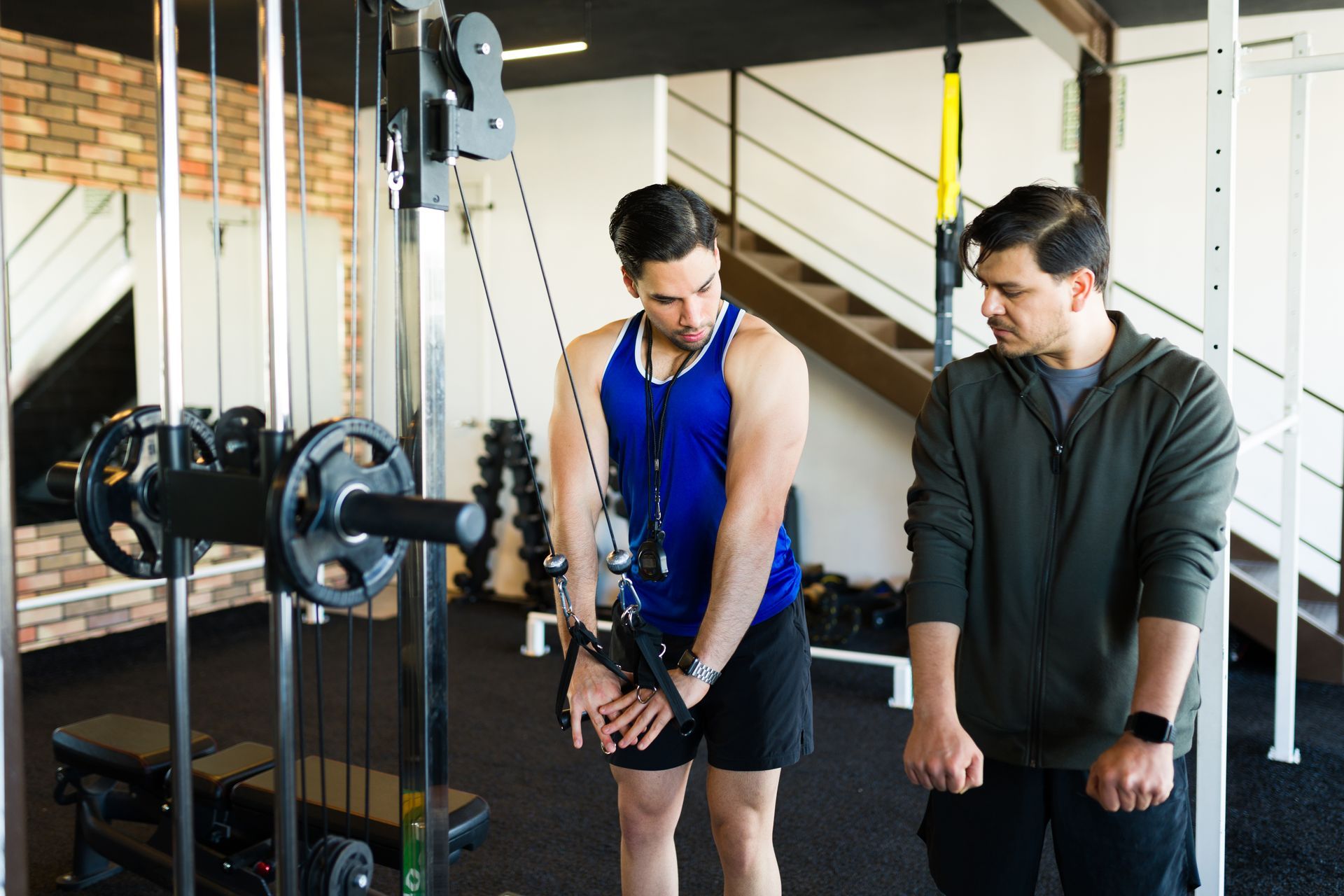March 17, 2023
Cold Exposure Therapy (CET) - Should You Plunge?
Nashville personal trainer, Jim Cipriani dives into the potential benefits of cold exposure therapy for your body, mind, and spirit.

If you're looking for a new way to improve your health and wellness, you may have heard about cold exposure therapy.
This practice involves exposing your body to cold temperatures in various ways, such as taking cold showers or ice baths.
While it may seem intimidating at first, cold exposure therapy, or CET for short, has numerous physical and mental benefits.
But is it right for you? In this article, we'll explore what CET is, its benefits, and what you should consider before trying it out.
What Is CET?
CET, as mentioned, is the practice of exposing your body to cold temperatures. The idea behind this is to stimulate your body's natural responses to the cold, which can boost your immune system, reduce inflammation, and improve circulation, among other things.
CET can take many forms, from taking a cold shower to immersing yourself in an ice bath or trying cryotherapy, which uses extremely cold air or liquid nitrogen to cool the body.
The Physical Benefits
One of the main reasons people try CET is for its physical benefits. Here are 3 ways it can improve your health:
1. Boosting Immunity
When your body is exposed to cold temperatures, it triggers a response in your immune system, causing it to produce more white blood cells. This increase in white blood cells can help your body fight off infections and diseases due to the fact white blood cells are one of the main “agents” in your immune system.
And while your mother, in all her loving words, probably told you not to go out in the cold (especially without a jacket) or you’ll get sick, it turns out that the cold may actually be beneficial for you in just the opposite way.
2. Improved Circulation
Exposing your body to cold temperatures can also improve the circulation of blood in your body.
When you're cold, your blood vessels constrict, which can help increase blood flow to your vital organs. The body does this in order to maintain core body temperature.
Once you warm up, your blood vessels dilate, allowing for increased blood flow throughout your entire body.
In essence, after an uncomfortable cold exposure session, your body temperature will, in fact, go up!
Last but not least, people struggling with suboptimal blood flow to their arms and legs may highly benefit from cold exposure therapy.
3. Reduced Inflammation
CET can also reduce inflammation in the body. Inflammation is a natural response to injury or infection, but chronic inflammation can lead to various health problems. Exposing your body to cold temperatures has been shown to reduce inflammation and improve overall health.
This has a variety of implications, but considering that a vast majority of diseases are tightly connected to inflammation, it is fair to say that cold exposure therapy is for everybody.
The Mental Benefits
In addition to its physical benefits, CET can also have positive effects on your mental health. Here are a couple ways it can improve that very important aspect of your life:
1. Reduced Stress
Exposing your body to cold temperatures can help reduce stress levels.
When you're cold, your body produces more cortisol, a hormone associated with stress. However, cold exposure increases the so-called “good stress,” which allows the body to adapt to its environment. Over time, exposing your body to cold temperatures can help you adapt to chronic, “bad” stress.
The conclusion is that, well, only stress can defeat stress.
2. Improved Mood
CET has also been shown to improve mood.
When you're exposed to cold temperatures, your body releases endorphins, the body's natural feel-good hormones. This can help improve your overall mood and reduce feelings of depression and anxiety.
Without a doubt, cold exposure is a viable tool not for just physical health but also for mental health and well-being!
Final Thoughts
While CET has numerous physical and mental benefits, it's important to note that it's not for everyone.
If you have a heart condition or other medical issues, you should consult with your doctor before trying CET.
Additionally, it's important to start slow and gradually build up your tolerance to the cold.
You should also make sure to stay hydrated and listen to your body. If you start to feel dizzy or lightheaded, it's important to warm up immediately.
In conclusion, CET can be a valuable tool for improving your health and wellness. Whether you decide to take cold showers or do cold plunges, make sure to do your research and approach the practice with caution.
Stay safe (and cold!)





